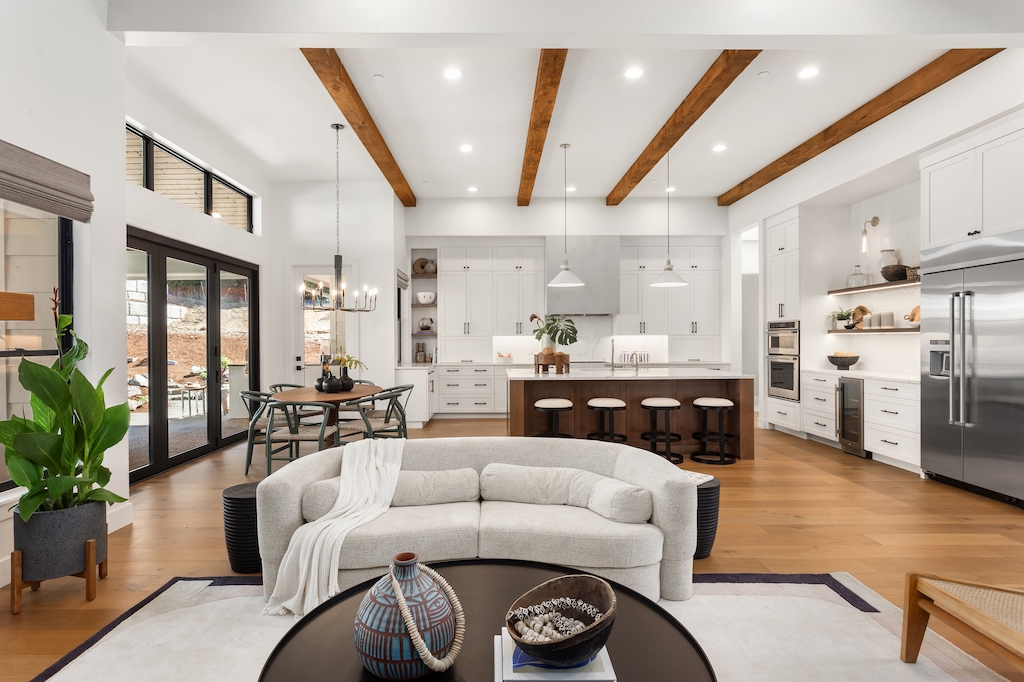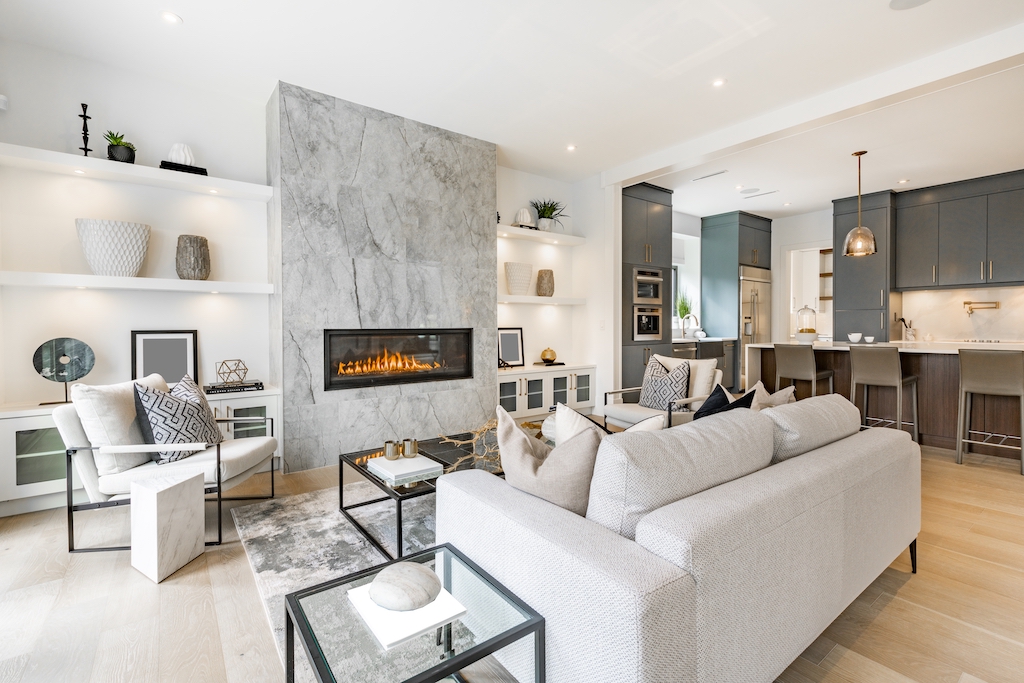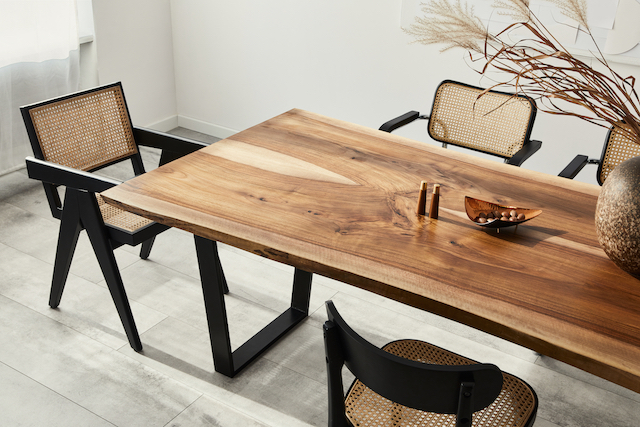
In the ever-evolving landscape of interior design, the concept of open living has surged in popularity, redefining the way we perceive and utilize our living spaces. What was once a revolutionary departure from traditional compartmentalized rooms has now become a timeless trend that continues to shape our homes, creating environments that are not only aesthetically pleasing but also incredibly functional.
Open concept living, as the name suggests, entails a design philosophy that eliminates barriers between various living spaces in your home, seamlessly merging the kitchen, dining, and living areas into one harmonious and multifunctional zone. This approach is a far cry from the isolated rooms of the past, where each space was designated for a specific purpose, often restricting the flow of natural light and social interaction.
One of the primary driving forces behind the open concept's popularity is its ability to make homes feel more spacious. By removing walls and partitions, you can extend your visual horizon and create an uninterrupted line of sight that extends from one end of your home to the other. This perception of space is particularly valuable in smaller homes and apartments, where every square foot counts. The expansive feel of open living fosters a sense of airiness and freedom, transforming your living area into a canvas of possibilities.

Open concept living is perfectly suited to our modern way of life. The kitchen, once relegated to the secluded realm of meal preparation, has now become a central hub for socializing, working, and entertaining. In open living spaces, the kitchen transitions from a utilitarian room into a dynamic epicenter, where family and guests can gather, share stories, and create lasting memories. This fluid integration of the kitchen with the adjoining dining and living areas brings a sense of togetherness and connectivity that has become increasingly vital in today's fast-paced world.
Moreover, open concept living fosters versatility. With fewer walls, you have the flexibility to arrange your furniture and decor to suit your needs, whether it's hosting a dinner party, watching a movie, or working from home. The seamless transition from one area to another means you can easily adapt your space to accommodate different activities, making it truly multifunctional.
Of course, as with any design concept, open living comes with its own set of considerations. Noise and privacy may be a concern, particularly in households with kids or multiple occupants. Careful planning, the strategic placement of furniture, and the use of rugs, curtains, or room dividers can help address these challenges without sacrificing the benefits of open spaces.
In conclusion, open concept living has transcended the realm of design trends and emerged as a fundamental approach to modern living. Its ability to enhance the sense of space, encourage social interaction, and provide versatility makes it a compelling choice for homeowners. However, it's crucial to tailor open living to your specific needs and lifestyle, ensuring that your home remains as functional as it is visually appealing. Open concept living is not just about aesthetics; it's a reflection of how we live, connect, and adapt in the contemporary world, and it's here to stay.





